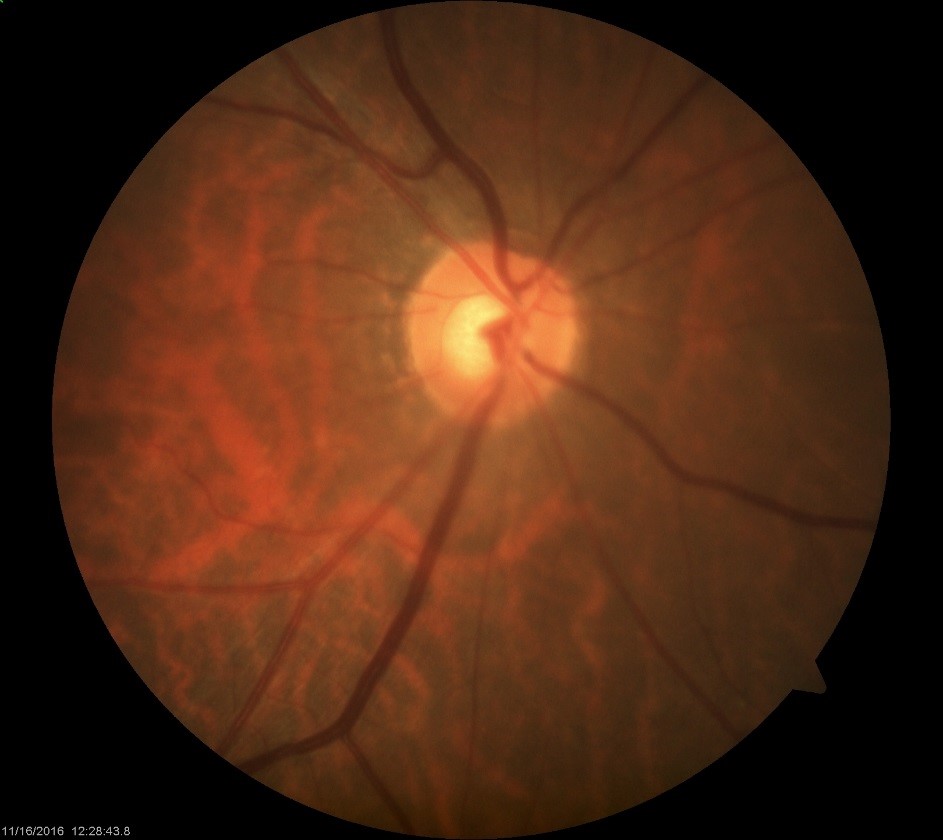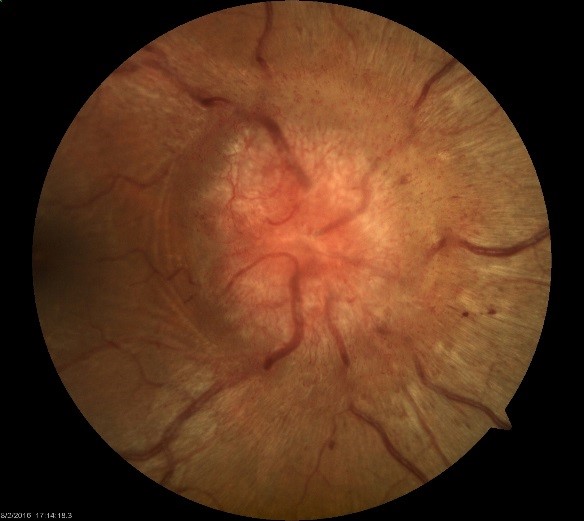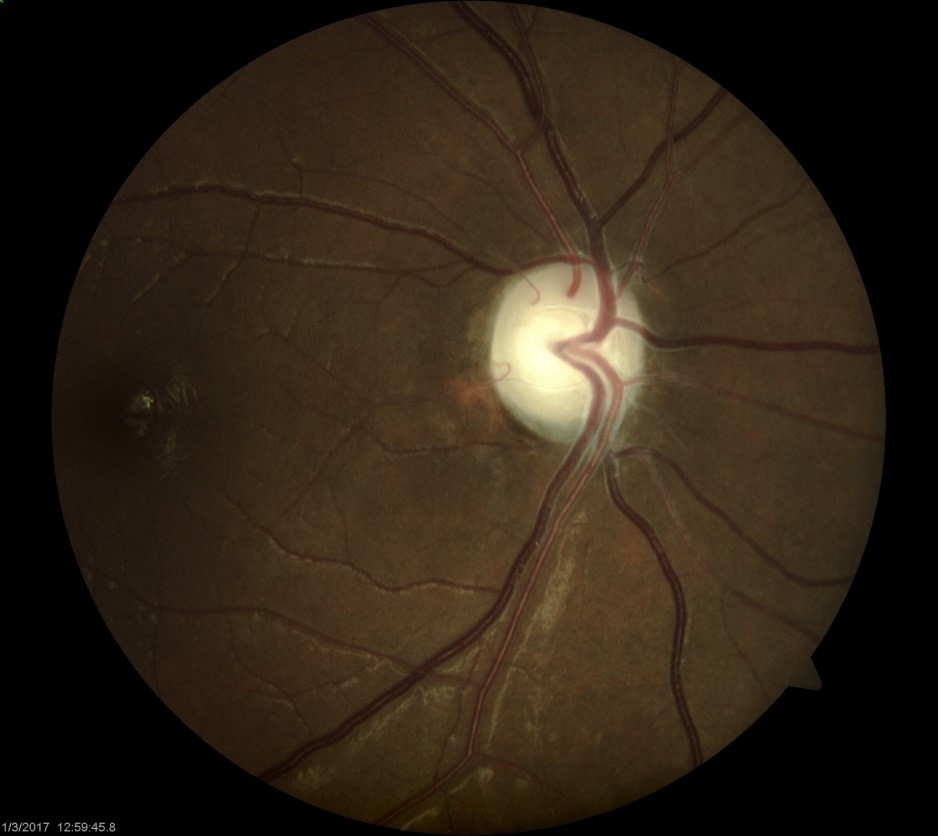Visual Electrophysiology
‘Electrical testing of vision’, or visual electrophysiology, involves measuring he minute signals generated by the eye and the brain in response to visual stimuli. These signals provide information regarding the eye, nerves and brain functions, aiding the doctor to make informed decisions on diagnosis and
Why Would I Be Referred for Electrophysiology Testing?
The main reasons for referral are:
- To confirm or exclude a suspected diagnosis;
- In cases where the diagnosis is unknown
- To determine the characteristics and severity of disease; and
- To monitor the disease progression before and after treatment
What Should I Expect?
When undergoing electrophysiological testing, you will be subjected to a series of tests, including Electroretinogram (ERG), Pattern Electroretinogram (PERG) and Visual Evoked Potential (VEP) tests.
While these tests are generally non-invasive, the entire process can take up to three hours. Numbing drops are seldom required, and there are no injections into the eye or arm. However, the drops used to dilate the pupils may cause a slight stinging sensation for a few seconds and vision remain blurred for a few of hours afterward. It is advised to refrain from driving during this time. Dark glasses may help on a sunny day. We ask that patients wash their hair the morning of the test and that they not put any hairspray, gel, conditioners or hair oils on the scalp.
The tests will be carried out by Clinical Physiology Technicians. The results will be interpreted by a Consultant Electrophysiologist. A report will be sent to the doctor who referred the patient.
For further information regarding our department or the specific tests, please contact us at +65 6908 2222 or via email at
Replaced the previous sentence (which didn't quite make sense) with this. Please check if this is appropriate [email protected]
About Our Consultant Electrophysiologist
Hong-Leong Professor, National University Hospital & National University of Singapore Department of Ophthalmology
Consultant Electrophysiologist, Moorfields Eye Hospital
Honorary Professor, University of Sydney Medical School
Low Vision
Patients with low vision may be referred to our Low Vision Enabling Programme. (*link to Accordion 6 / Low Vision segment on Common Vision Problems page)




















